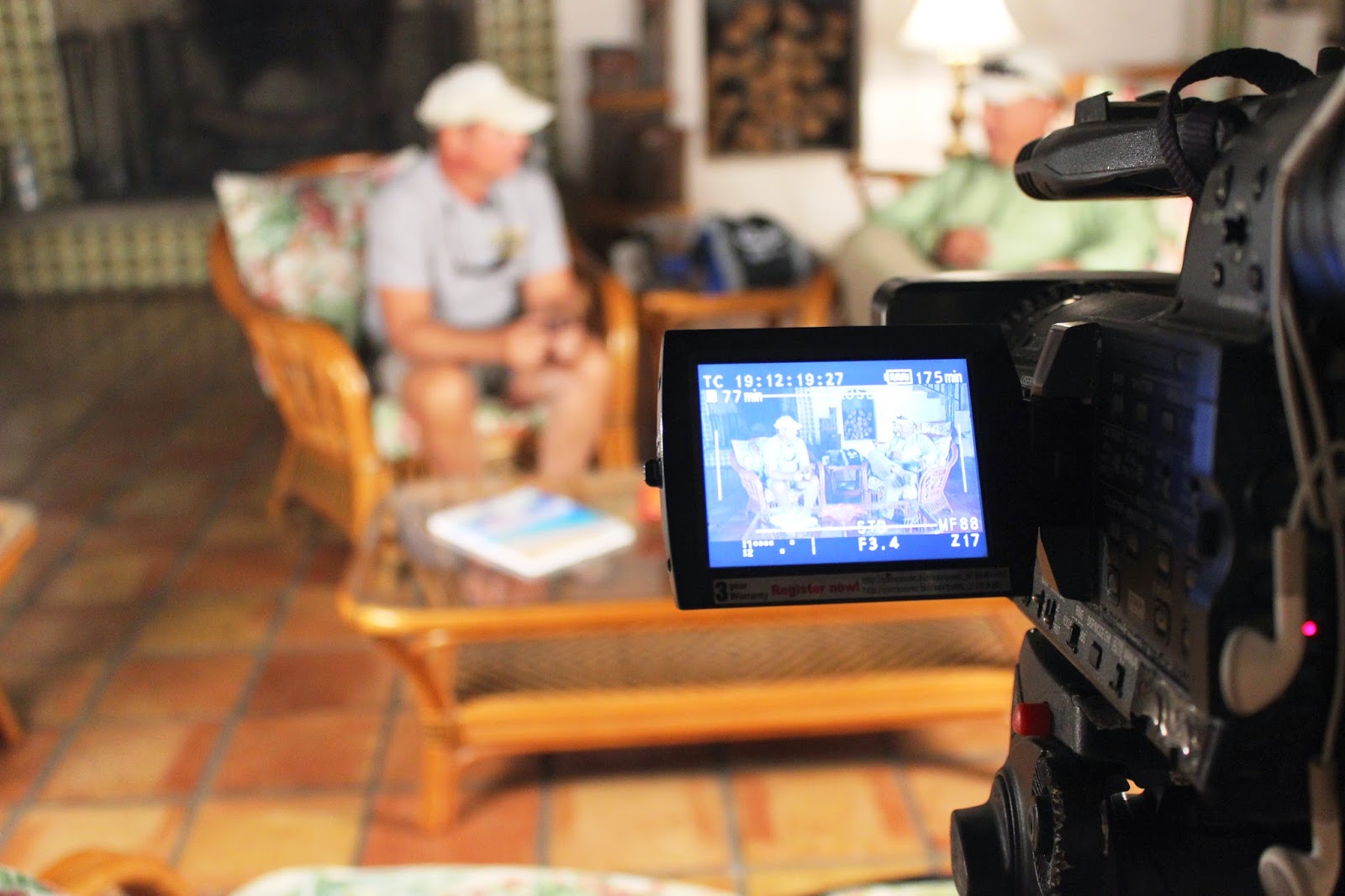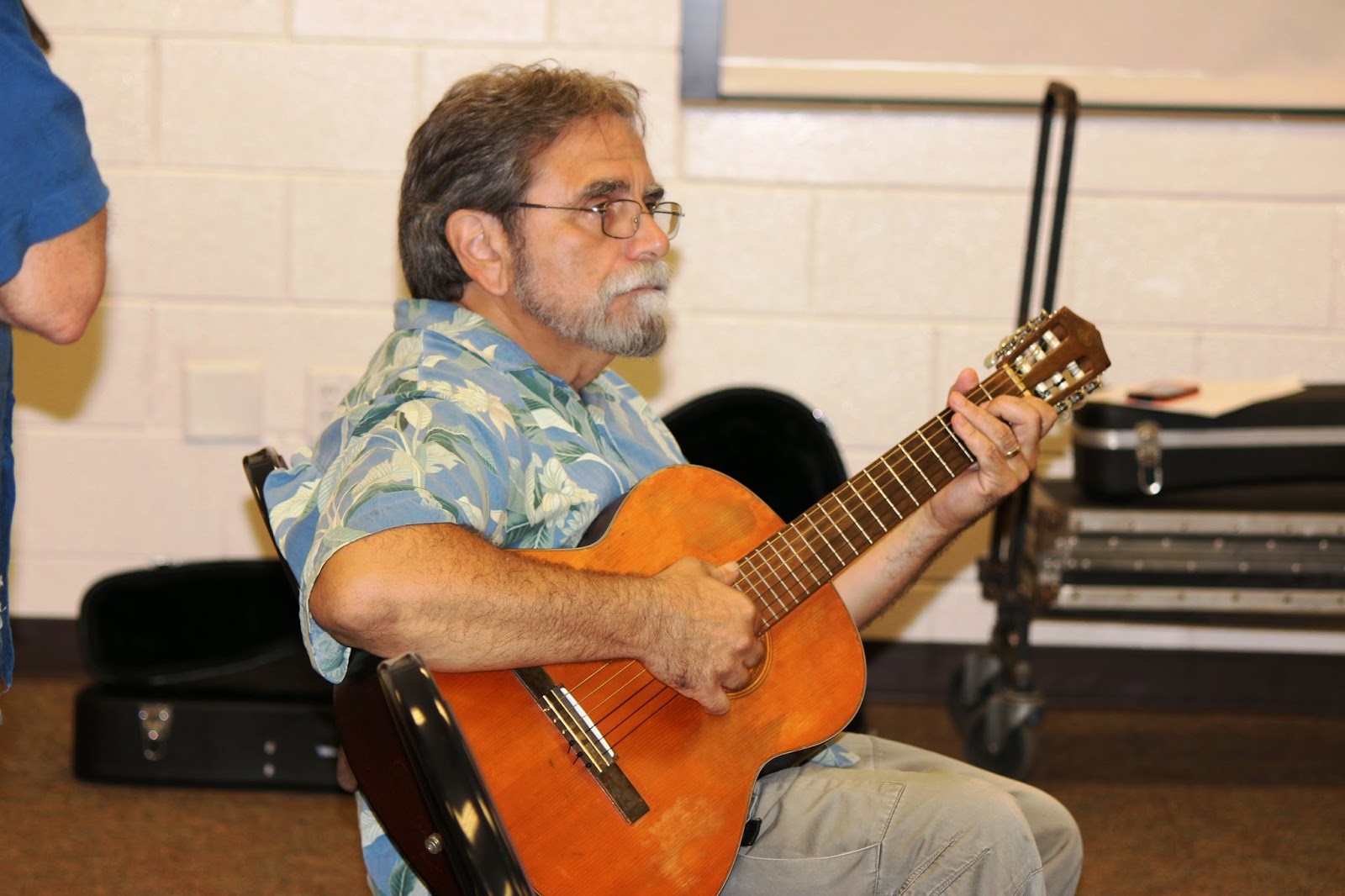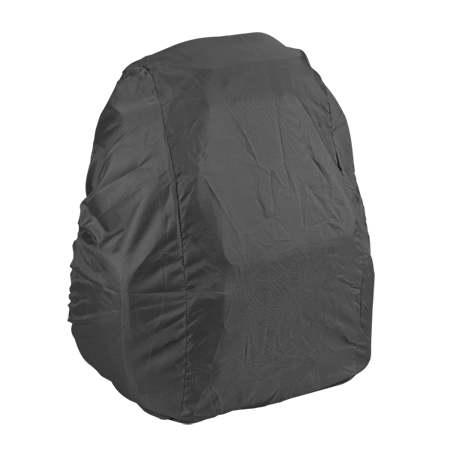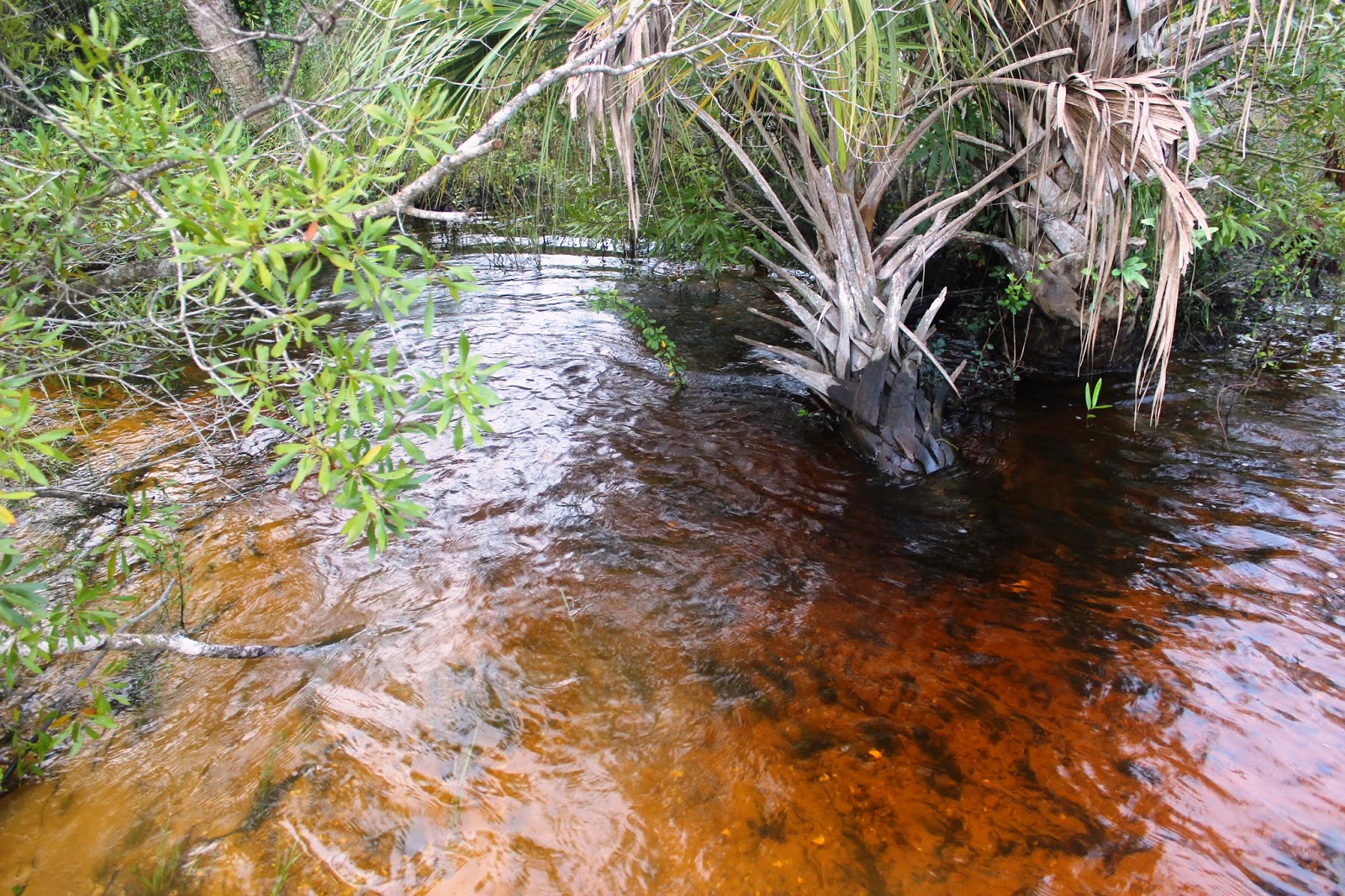Tom Rosenbauer, host of the Orvis Fly Fishing Podcasts, has
been with the Orvis Company over 30 years, and while there has been a fishing
school instructor, copywriter, public relations director, merchandise manager,
and was editor of The Orvis News for 10 years. He is currently Marketing
Director for Orvis Rod and Tackle. As merchandise manager, web merchandiser,
and catalog director, the titles under his direction have won numerous Gold
Medals in the Annual Catalog Age Awards. Tom has been a fly fisher for about 50
years, and was a commercial fly tier by age 14. He has fished extensively
across North America and has also fished on Christmas Island, the Bahamas, in
Kamchatka, and on the fabled English chalk streams. He is credited with
bringing Bead-Head flies to North America, and is the inventor of the Big Eye
hook, Magnetic Net Retriever, and tungsten beads for fly tying. He has over 15 fly
fishing books in print and was named Fly Rod & Reel magazine's 2011 Angler
of the Year. I met Tom at ICAST and noted what a down to earth guy he was.
Later, he had time to answer a few questions.
 |
| Tying....Thinking |
Tom, first of all,
thank you for talking to me. I know you are a very busy guy. For over 30 years
you have worked at Orvis in a storied career. What would you say is the single
greatest event in your career?
There are lots of things I am proud of, but if I had to name
one, it’s probably being named Angler of the Year by Fly Rod & Reel
Magazine. It was in recognition of the culmination of many years teaching
people about fly fishing. My wife and coworkers were very impressed for about 2
hours.
You have been fly
fishing in some pretty incredible areas. Where was your favorite place and why?
That would probably depend on salt or fresh water. For salt
water it would have to be the Bahamas. Grand Bahama specifically. It’s a
beautiful island and I know it pretty well. I mainly fish for bonefish there,
and sometimes get a shot at tarpon or permit as well. And triggerfish. Triggers
are tough and lots of fun to catch. Freshwater would be the many trout streams
in the U.S. Not really any particular one, I like all of them.
 |
| Tom's Albie |
Considering all the
places you have been where is the one location you haven’t been that you want
to go and fish?
I would love to go fishing in New Zealand for trout. That’s
really the Shan gri la for trout fishing. I have friends who have fished there
and tell me it’s really great and that’s the type of fishing I am really in to.
There is very clear water, excellent for sight fishing. I would definitely have
to say New Zealand.
What is the largest
fish you have caught on fly?
I think that would probably be a 100lb tarpon. Maybe not
quite 100lb, but close. I don’t think I have reached that 100lb’er yet, but
it’s something I am working on and I want to get to someday. But, to me it’s
not about how big, but how interesting. The most interesting fish I have caught
are bluefin tuna. I have had several break-offs from some big ones, and have
landed some in the 25-30lb range. I think they are way more interesting than
tarpon.
 |
| Working |
Do you use a kayak?
I do sometimes fish from a kayak. I own a Native Ultimate
14, and I love it. I mainly use it to get to the flats or areas I want to wade
fish, but it’s also really easy to stand and fish in. It’s easy to stand and
sight fish and it’s a very comfortable kayak. I also use it to fish for bass
with my son.
You are a Show Host,
Outdoor Writer, Marketing Director, Editor and a host of other titles, in which
role have you found the most enjoyment?
The TV shows and videos were a lot of fun. You know how
grueling it can be Bob, but they are very fulfilling. Not only did I get to go
to some really cool places, I learned a lot from writing script to directing to
rough editing. I learned new skills and that can be very interesting and
rewarding. I don’t like writing at all. I do it when I need to because I can,
but I would rather not.
What is your favorite
all-around fly fishing rod and reel combo?
Well, that really depends on whether you are fishing salt or
fresh water. For fresh water, I would recommend a 9 foot 5wt setup. It’s long
enough for trout streams just about anywhere you go, and also great for bass
and bluegill. It’s by far the most popular freshwater rod. For saltwater I
would say a 9 foot 9wt combo. With a 9wt, you can cast tarpon flies further and
can land tarpon as well. With more spooky fish like reds and bonefish, you can
add more leader for a softer presentation. On the Orvis website, you can chat
with our techline and get custom recommendations for what kind of fishing you
want to do. These guys aren’t just salespeople, they can help you pick the
right rod and answer any questions you may have about fly fishing.
What is your favorite
species on fly, and why?
For freshwater it would have to be brown trout. They are
much more difficult to stalk and catch. When they eat, when they go after the
fly, they really smash it. They don’t mess around. They are also great
fighters. As far as saltwater, I love anything in the tuna family, including
mackerel. Tuna or kingfish are such hard fighters, really fast and exciting
fish. False Albacore, I think you call them Bonita, are excellent as well. I
don’t really know why they aren’t considered a sport fish.
What is the most
interesting thing about Tom Rosenbauer that everyone should know?
This will probably shock and surprise people. I am an
authentic, bean to bar chocolate maker. I roast the beans, grind them, temper
the chocolate…everything. There is only one place to get quality cocoa beans in
small orders, that’s chocolatealchemy.com. I make it in my kitchen and only use
quality cocoa beans and organic sugar. The beans are grown all over the world
and depending on where they are grown, the flavors can be different. My
coworkers love that I make chocolate as well.
After 30 years at Orvis, Tom doesn’t show any signs of
slowing down. Check out his many videos and podcasts at Orvis.com and don’t
forget to sign up for their email series on how to fly fish!

































































